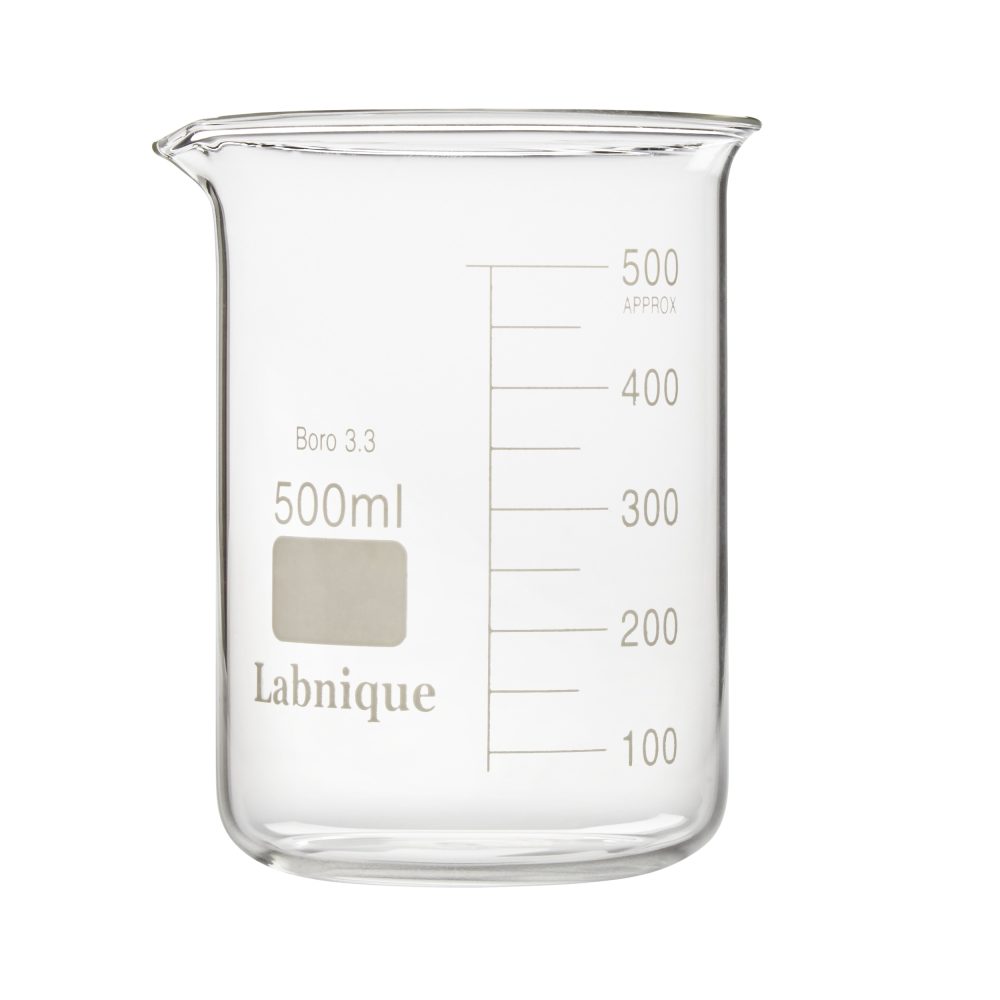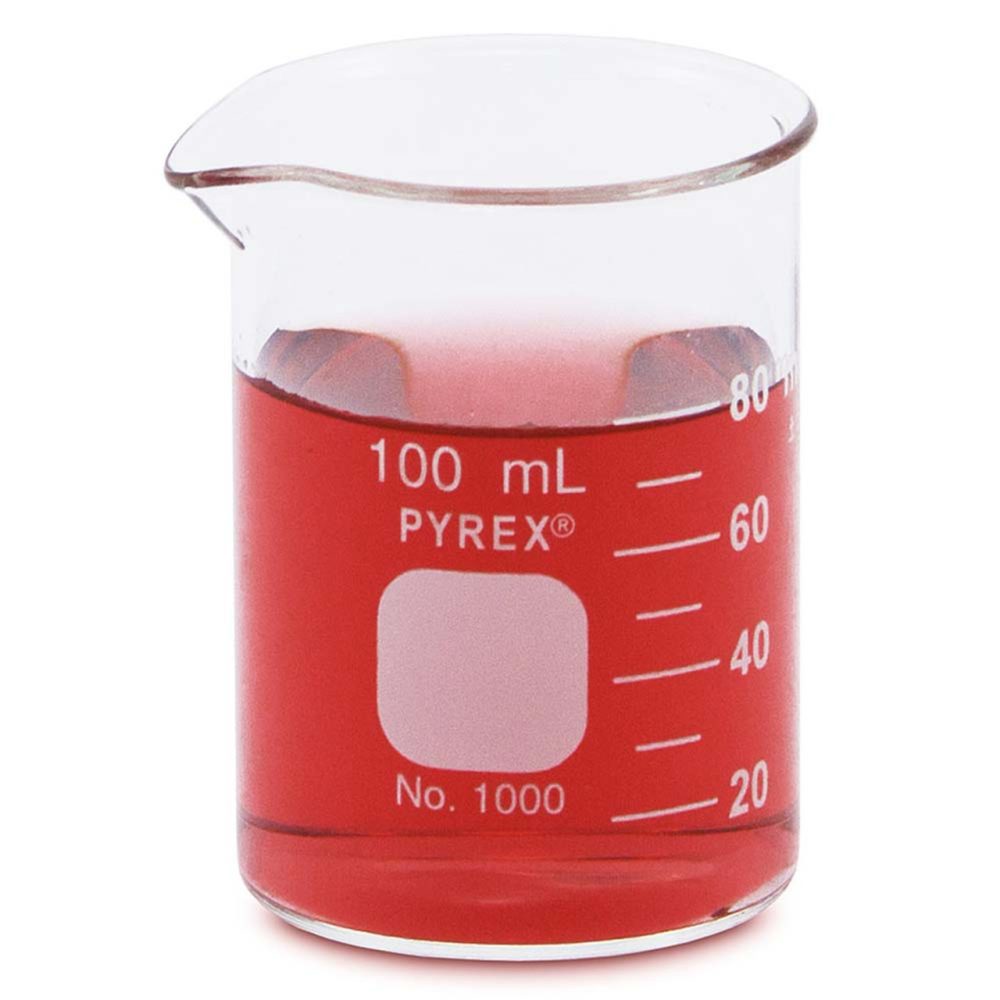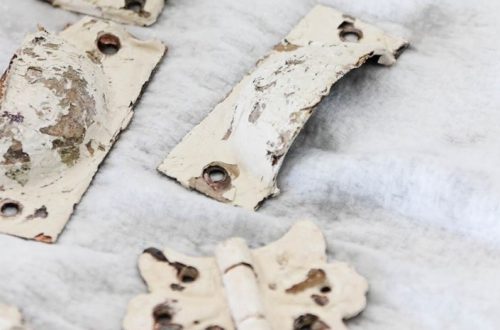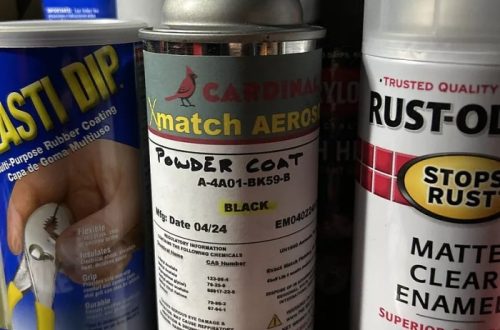What Does a Beaker Look Like
Do you know what does a beaker look like?Laboratory glassware plays a crucial role in scientific experiments. These tools come in various shapes and sizes, each designed for specific functions. From beakers to flasks, and pipettes to burettes, understanding each piece’s purpose is key to conducting effective laboratory work. This overview will introduce the common types of glassware used in labs and highlight their important characteristics and uses.
Basic glassware, like beakers and test tubes, often appear in school chemistry experiments. More specialized items, such as volumetric flasks and round-bottomed flasks, serve precise measurements and chemical reaction purposes, respectively. Meanwhile, items like the Kjeldahl flask and Schlenk flask are crucial for specific methods and sensitive chemical studies.
Each piece of glassware is crafted to withstand the conditions of the lab environment, from high temperatures to chemical reactions. Now you know what does a Beaker Look LikeTheir design allows for ease of use, accuracy in measurement, and safety in handling. For instance, the conical shape of the Erlenmeyer flask prevents spillage and is suitable for boiling liquids.
This introduction sets the stage for a deeper exploration of each type of glassware, beginning with the versatile beaker. The subsequent sections will delve more into the specifics, comparing these tools and discussing their materials, maintenance, and common uses in the lab.
The Role of Beakers in Lab Experiments
Beakers are staples in any chemistry lab due to their versatility. They are the workhorses among laboratory glassware, providing a simple yet essential function – containment. Beakers might not be as specialized as some other pieces of glassware, but their wide-ranging usage makes them indispensable.
In a typical laboratory setup, beakers are used to mix, stir, and heat chemicals. Their straight-sided cylindrical shape with a flat bottom allows for easy stirring and combining of substances. Simple in design, they are marked with graduated lines indicating volume, which makes rough measurements convenient during experiments.
Another fundamental use of beakers is during the processes of decanting and filtrating solutions. The simplicity of their design aids in transferring liquids without spillage. This is especially useful for beginners in the lab, as it minimizes risks and aids in learning basic lab techniques.
For heating purposes, beakers can handle the application of a Bunsen burner flame directly to their base. This is possible due to the beaker’s construction from durable materials, like borosilicate glass, which resists thermal shock. This attribute allows beakers to heat substances uniformly without shattering.
Furthermore, beakers play an essential role in observational tasks. The clear glass provides a concise view of the contents, making it easier to monitor reactions and color changes. Additionally, their open tops enable the escape of gases when required and easy access for adding other chemicals or sampling during an ongoing procedure.
Lastly, beakers serve as temporary storage for chemical solutions or as holding containers for waste liquids until disposal. Their existence in multiple sizes caters to the varied volumes needed in experiments.
Overall, the beaker’s contribution to lab experiments is fundamental. Its simplicity aids in performing a wide array of tasks, from the most basic to complex preparations, marking it as an essential item in any chemical lab.

Comparing Beakers with Other Lab Glassware
When looking at laboratory glassware, each piece has a specific purpose, and understanding the differences can greatly enhance lab work efficiency. Why select a beaker over, say, a round-bottomed flask or a test tube? Let’s compare these items to uncover their unique characteristics.
Test Tubes vs. Beakers
Test tubes are iconic in chemistry. They are ideal for holding small samples, heating them or running simple reactions. Unlike beakers, test tubes have a round bottom and are not marked for volume.
Flasks vs. Beakers
What Does a Beaker Look Like.Flasks come in various forms, each with unique features. For instance, conical (Erlenmeyer) flasks can be easily swirled and support filter funnels due to their neck design. This is different from beakers which have a wide open top for easy access and volume markings.
Burettes vs. Beakers
For precise measurements, burettes are superior to beakers. They have narrow tubes with fine volume markings, perfect for titrations. Beakers, on the other hand, only provide approximate measurements.
Volumetric Flasks vs. Beakers
To prepare solutions of exact concentrations, volumetric flasks with thin graduations are used. Beakers, while capable of containing solutions, cannot match the precise measurement capabilities of volumetric flasks.
In summary, while beakers are versatile and great for general tasks like mixing and rough measuring, other lab glassware like test tubes, flasks, burettes, and volumetric flasks offer specialized functions such as precise measurements or supporting chemical reactions. Choosing the right glassware depends on the task at hand, and knowing the appearance and function of each piece, such as what a beaker looks like, is essential for any chemistry lab.

Shape and Design Features of a Beaker
Beakers display a distinctive shape helpful for various laboratory tasks. These glassware pieces are cylindrical with a flat base. This allows them to stand stably on a laboratory bench or hot plate. They typically have a small spout, or ‘beak’, which aids in pouring liquids without spillage.
Beakers come in different sizes ranging from very small to several liters. The walls of a beaker are often marked with lines indicating volume. These graduations, however, provide approximate volumes and are useful for estimations rather than precise measurements.
The design of beakers makes them highly versatile for a multitude of uses in a laboratory setting. For tasks requiring more professional accuracy, like volumetric analysis, other pieces of glassware are preferable. Nonetheless, the simplicity and practicality of beakers make them invaluable in any chemical lab environment.
Materials and Durability of Beakers
Beakers are typically made from borosilicate glass due to its exceptional durability. This material can handle sudden temperature changes without cracking, a property known as thermal shock resistance. For chemical experiments involving heat, this feature is crucial.
Borosilicate glass also has excellent chemical resistance. It doesn’t react with most chemicals and won’t contaminate substances inside the beaker. This is vital for maintaining the purity of chemical reactions.
Some beakers are made from soda-lime glass, which is less expensive but also less resistant to high temperatures and thermal shock.
Plastic beakers, often made from polypropylene or PTFE, are used for less intensive tasks. They are lightweight, unbreakable, and good for storing non-reactive liquids.
In terms of lifespan, glass beakers can last many years if handled properly. They can sustain repeated use in sterilization processes, such as autoclaving, which is necessary for maintaining lab hygiene.
However, etching or scratches on a beaker can become a point of weakness adding to the risk of breakage. Caring for beakers by avoiding harsh abrasives and sudden temperature shifts can extend their usable life.
To conclude, the material of a beaker, whether borosilicate glass, soda-lime glass, or plastic, affects its durability and suitability for various tasks in the lab. Choosing the right material ensures the beaker can withstand regular lab procedures.
Common Uses of Beakers in Chemistry
Beakers have a host of applications in chemistry. What Does a Beaker Look Like.They are not just receptacles but serve for a variety of tasks, making them a staple in labs. Here are some common uses of beakers in the laboratory.
- Mixing Chemicals: Due to their wide mouths, beakers make mixing solutions easy. This basic task is a cornerstone in chemical experiments.
- Heating Substances: Made of borosilicate glass, beakers can withstand direct flame. They often heat samples in experiments.
- Measuring Volumes: Beakers come with graduations. They offer rough measurements of liquids during experiments.
- Holding Samples: Whether waiting for analysis or during an experiment, beakers can hold chemical samples.
- Transferring Liquids: The spout design of beakers helps in pouring liquids without spills. This is important for moving solutions to other containers.
- Observing Reactions: The transparent glass of beakers allows observation of reactions, color changes, or solubility.
- Temporary Waste Containers: After experiments, beakers can hold waste solutions before proper disposal.
What Does a Beaker Look Like in every chemistry lab, the sight of a beaker is common, hinting at its varied roles. Its appearance signifies readiness for many routines. It reflects a beaker’s importance in chemical procedures, from the most routine mixing to heat applications.

Measuring Liquids with Beakers
learned What Does a Beaker Look Like.Beakers are essential for measuring liquids in the lab. While not for precision, they give rough estimates. Graduations on the side serve as guides for volume. They are not exact like those on volumetric pipettes or cylinders. But, they help in quick checks during experiments.
When measuring with a beaker, pour the liquid slowly. Make sure the lab bench is level. Read the volume at eye level, looking at the bottom of the meniscus. This is the dip in the liquid surface. Be consistent to avoid errors.
For better accuracy, use other tools. For example, graduated cylinders or volumetric flasks. But for rough measurements, beakers work well. They are quick and easy to use. Perfect for tasks that don’t need high precision.
Remember, beakers are for approximate measures. They are more about convenience and speed in a busy lab.
In every measure, be careful. Avoid contamination. Rinse the beaker between uses. This will keep the experiments clean and reliable. Beakers help move the work along, but always respect their limits. For the exact science, turn to more precise instruments.
Care and Maintenance for Laboratory Beakers
Keeping beakers in good condition ensures consistent performance in lab experiments. Here are tips for proper care and maintenance of laboratory beakers.
- Clean Regularly: Clean beakers after each use. Use mild detergents and soft brushes to avoid scratches.
- Rinse Thoroughly: Rinse beakers with distilled water. This removes any detergent residue.
- Dry Properly: Air dry beakers upside down on a drying rack. Ensure they are completely dry before storing.
- Check for Damage: Inspect beakers for chips or cracks regularly. Discard damaged beakers to avoid contamination or accidents.
- Handle with Care: Always use both hands when carrying beakers, especially when they contain liquids.
- Store Safely: Store beakers in a stable, upright position. Avoid stacking which can lead to breakage.
The durability of a beaker depends on handling it with care. By following these simple steps, you can extend the life of your laboratory beakers and keep your lab running smoothly.





